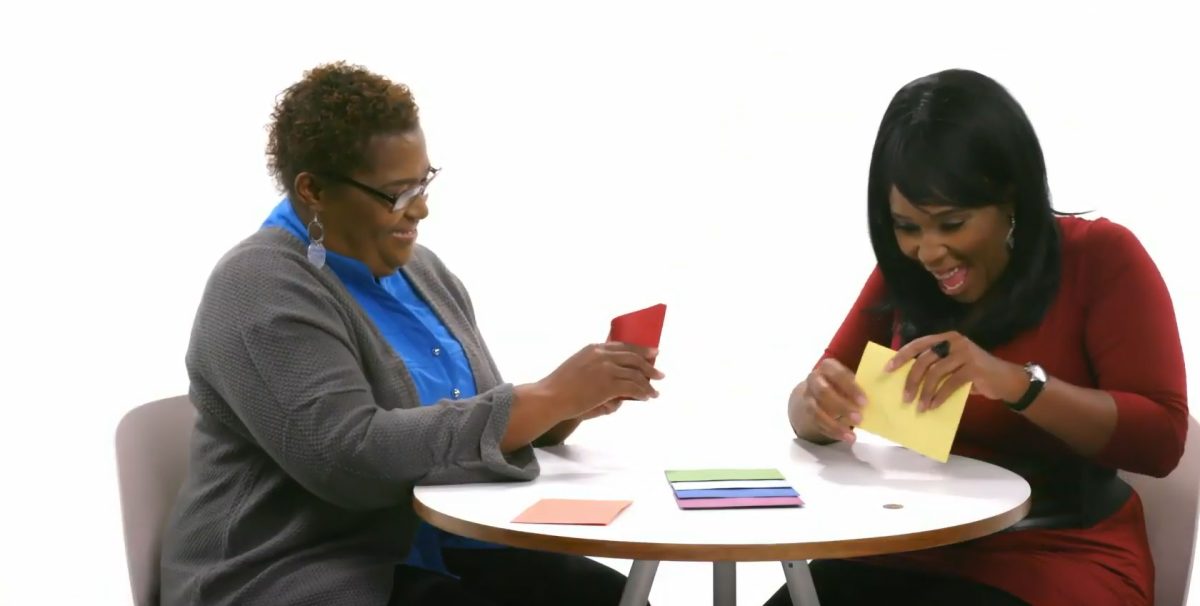Why Is It Important to Get Life Insurance?

Expert advise from local Insurance Expert Tim Casey.
Tim Casey has been in the Life and Health insurance industry since 1981 and is currently Vice-President of Career Division, doing business as GoldenCare USA, one of Minnesota’s leading insurance brokerages.
- Why is it important to get Life Insurance?
Tim: “Almost everything in life has a financial cost, including Final Expenses. Without having life insurance, that burden falls to those closest to you. Being proactive and purchasing a life insurance policy protects you and your family members now and in the future with Final Expense coverage and asset protection. Should something happen to you, it helps take care of those you love after you are gone.”
- What are the different types of Life Insurance?
Tim: “There are a few different types of life insurance. First there is Term, this is usually the most affordable. Secondly there is Whole Life/Universal. If you have kids, or a spouse this would be a good fit. It is important to make sure your loved ones are taken care of in case something happens. If you have such a policy, you can use it to help put kids through college. If your kids are grown or you just have a spouse, it can help your spouse manage on their own with debt, mortgage payments, replacement income that is lost, cars etc. If you are a younger person, you could start a Universal Policy to help build up savings or purchase an inexpensive final expense policy to prevent that burden from falling onto parents or loved ones. Once debt is handled, that is when Final Expense Insurance comes in handy. Final Expense covers funeral home expenses, mortician costs etc. On average funeral costs in MN range from $7,000-$10,000. Not everyone has a family member who has that available. FE is paid out immediately to the beneficiary to be used for funeral expenses. Otherwise those expenses land on loved ones. FE is not taxed or probated and is paid out immediately.”
- When should someone get Final Expense Insurance?
Tim: “Later in life typically. There are no medical history requirements.”
- What would a good age be to start looking into Life/FE Insurance?
Tim: “The younger you are the better when applying for Life Insurance. If you are looking to build a savings, a universal policy would be a good fit. The Premium stays the same for the entire length of the policy. Term Life can be a lower cost, but the premium amount can fluctuate once the length of the term expires. For either you must be healthy to qualify and go through underwriting to qualify.”
- What are average policy costs for Whole/Universal?
Tim: “Policy averages have such a wide variety simply due to health factors, gender, medical history, age etc. But the simple answer is this, the younger you are when you apply, the lower the policy cost.”
- What are average policy costs of Term Life Insurance?
Tim: “At the age of 25 you can get a policy of $100,000 for about $15 a month. Term coverage means that you have the policy for a set amount of time and then it expires. When that happens, the rate can jump. You can extent the policy past the termination date at the new increased rate.”
- Who gets paid when a Life Insurance policy gets cashed out?
Tim: “The beneficiary does. Not the funeral home. You can set it up that way for the funeral home to get payment first, but you run the risk of it going out of business before needing it. It is better to just have a plan with a named beneficiary.”
In life, it is easy to have the mindset that bad things happen to other people and when the time comes, everything will be fine for my family and myself, but life does not always work that way. It is better to have a plan in place in case the unexpected happens. Life Insurance is a great way to have peace of mind knowing the people you hold closest will be taken care of in the event something happened to you.




